5 common winter garden mistakes – and what you should do to combat them
Our experts share the most common mistakes people make in their winter garden, so you know how to avoid them
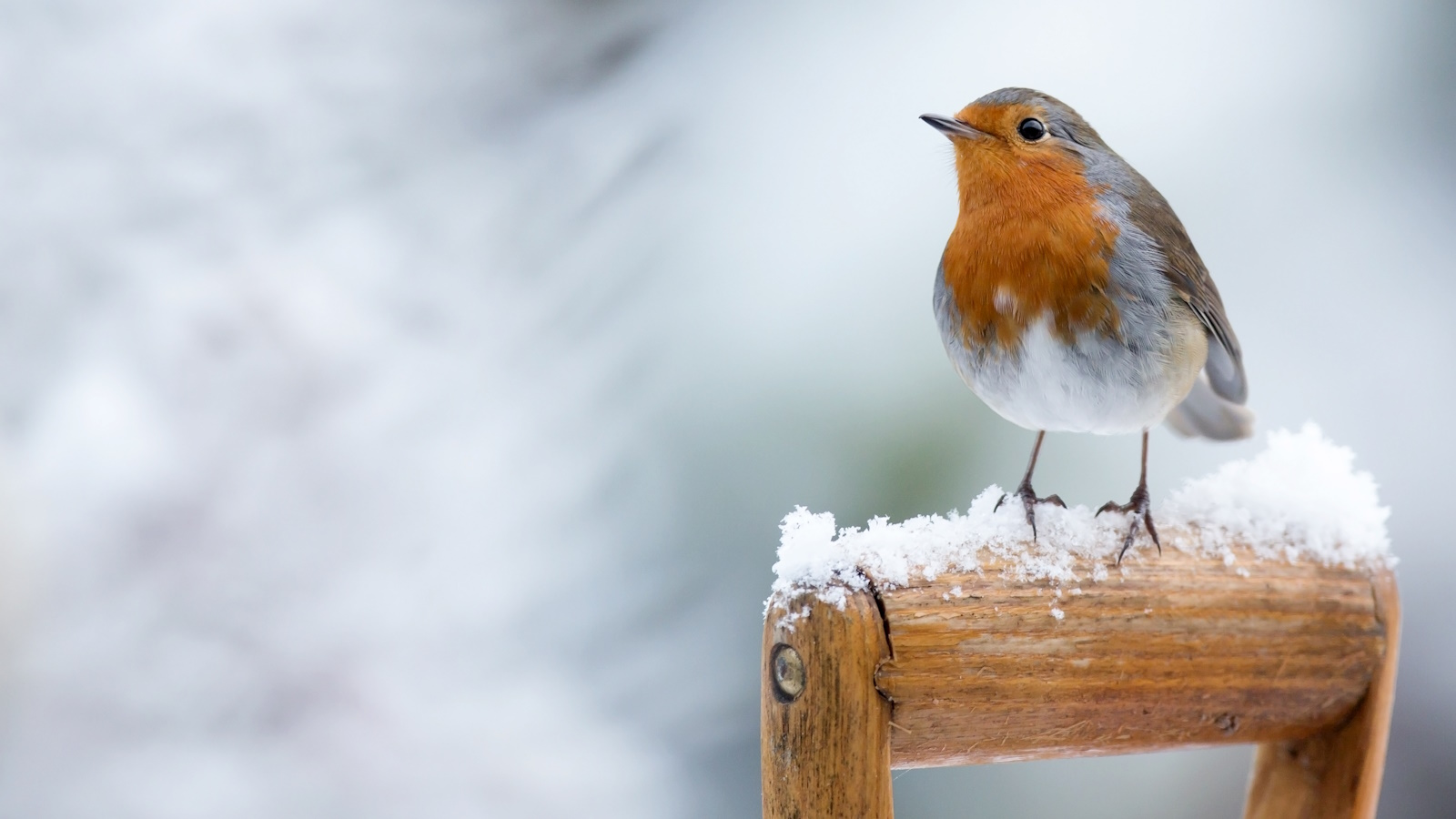
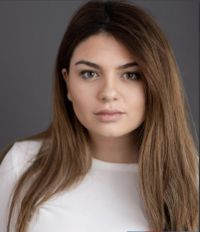
When the temperature drops, it's time to take care and prepare your winter garden before the frosts set in. We all want to protect our yards, but while doing so we might be unwittingly making mistakes that are damaging rather than protecting them.
As part of your planning process for a winter garden it is important to identify common mistakes people make to ensure your winter garden ideas come to fruition. The key to a thriving winter garden is to understand the season's weather changes and plant characteristics, and to take proactive steps to mitigate the weather's challenges.
We take a closer look at five common mistakes that people often make in their winter gardens, and what you can do to avoid them.
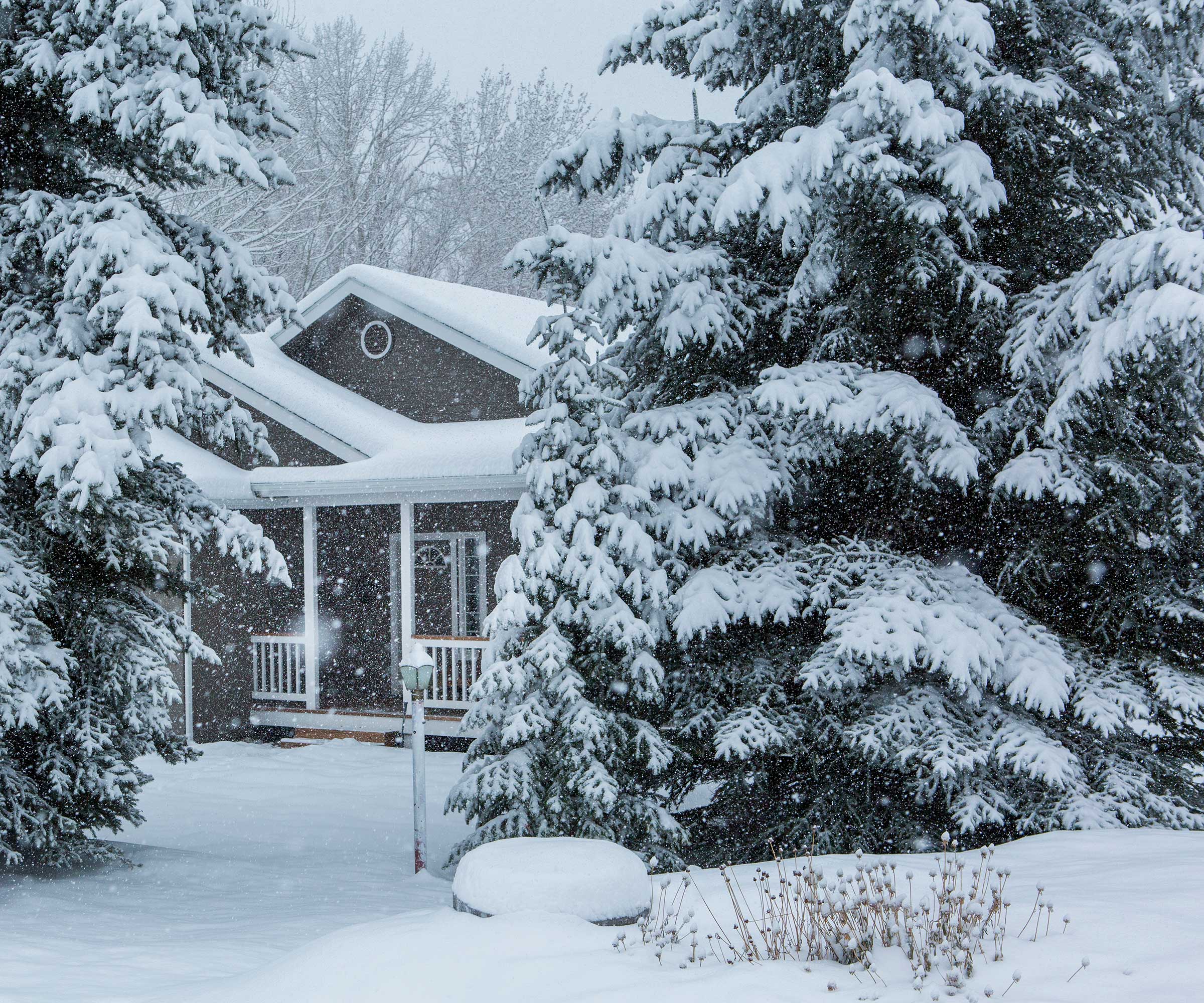
5 common winter garden mistakes
Winter gardening requires a unique approach. It's not just about enduring the cold but actively preparing and protecting your garden so it can flourish when the warmer days return.
1. Neglecting soil preparation
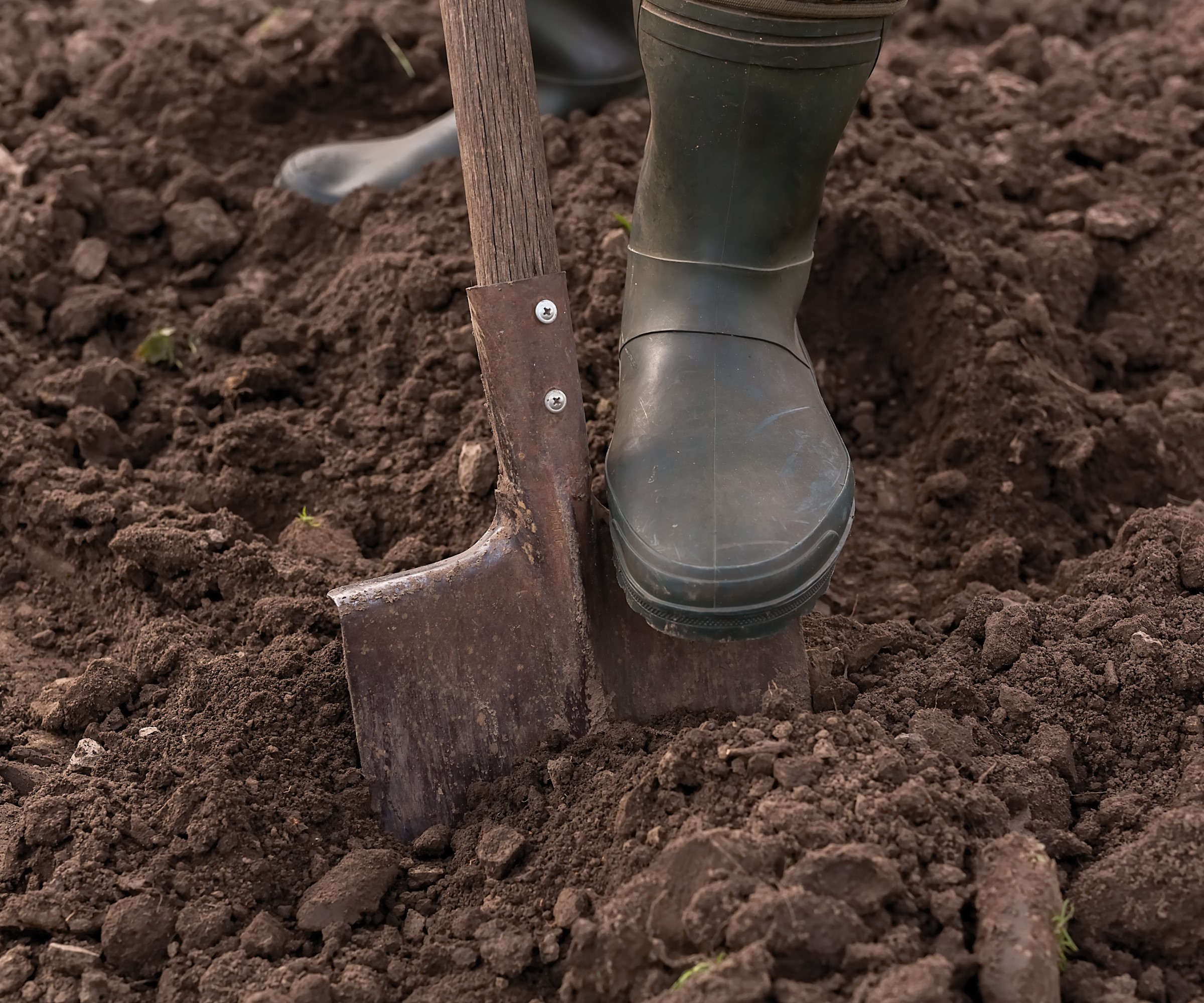
One common error in winter gardening is the oversight of properly cultivating the soil. Instead of failing to prepare the soil adequately, you should focus on cultivating it thoroughly before winter arrives.
A solution to this involves conducting a soil test to evaluate nutrient and pH levels in your soil, which can be done using this SOILPHU 4-in-1 Soil Meter from Amazon. Also, adding organic matter such as compost or manure can provide essential nutrients to plants during the dormant months.
It is important to loosen and aerate the soil before winter, as it helps in drainage and prevents waterlogging. Aeration is crucial in late fall as it helps improve nutrient and water absorption. Many skip this step, but aerating your soil will promote healthier plant growth in spring.
Design expertise in your inbox – from inspiring decorating ideas and beautiful celebrity homes to practical gardening advice and shopping round-ups.
2. Forgetting to mulch

Zahid Adnan, founder of The Plant Bible, says that mulching is akin to providing a cozy blanket for your garden. Forget it and your soil faces the harsh winter elements. This layer serves as insulation for the soil, regulating temperature and preventing frost heaving.
Neglecting to apply an adequate layer of mulch is a common misstep that can leave plant roots vulnerable to freezing temperatures. To address this issue, it is recommended to prioritize mulching garden beds with organic material.
Apply a layer of organic mulch, such as this one from Amazon, after the ground freezes. Make sure it is evenly distributed around the base of the plant and not too thick to prevent rotting.
By recognizing the importance of mulching, you can safeguard your plants and promote a more conducive environment for winter growth.
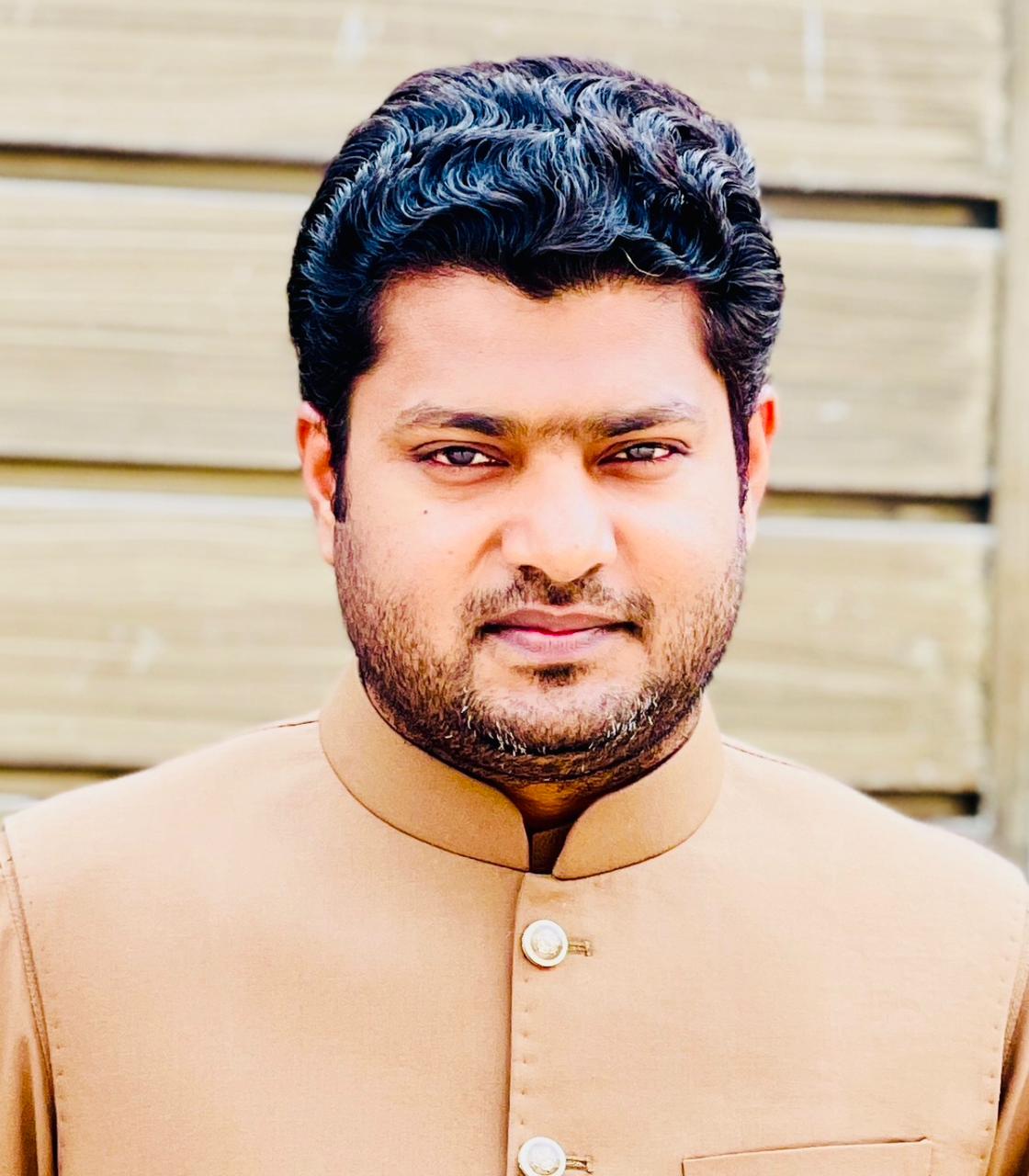
Zahid is a renowned figure in the gardening industry, with extensive experience and hard-earned skills in horticulture. He is the founder and editor of theplantbible.com.
3. Ignoring pest control

Pests can still be active in cooler weather, so it’s important to monitor and manage them even in winter. Many insects and rodents seek shelter in your garden, posing a threat to plants. Neglecting to address pests before winter sets in is a common oversight that can impact the health of a garden.
The recommended solution is to conduct regular inspections for pests and diseases. Taking appropriate measures, such as pruning infected branches or applying dormant oil sprays, such as the Neem Oil & Peppermint Cold-Pressed, Natural Plant Spray from Amazon, can effectively control overwintering pests. This proactive approach to pest control will contribute to a healthier garden environment.
4. Incorrect watering

As the weather cools, the grass needs less moisture, so continuing to water the lawn excessively can be detrimental. You should reduce watering in winter to match the grass’s reduced needs, however, do not make the assumption that plants do not require water during winter, as this can lead to significant issues.
To counteract this misconception, the solution is to ensure plants receive sufficient hydration before the ground freezes,’ says Mike Lansing, co-founder of Planters Digest. ‘Properly watering plants prior to winter ensures they have the necessary moisture to endure the colder months.’
However, it is crucial to exercise caution and avoid overwatering, making them susceptible to diseases as this can also lead to potential problems such as root rot.
Moisture is the lifeline, and a well-hydrated plant is better equipped to endure the dormant season. It's about giving your plants a refreshing drink without overwhelming them.

Mike Lansing is the co-founder and managing director of Planters Digest, and a certified garden designer, who turned a passion for plants into a thriving business. With over 10 years in the corporate world, he made a career shift to pursue gardening, earning a Certificate in Garden Design from George Brown College. He now runs a small indoor plant business with his family and enjoys researching new gardening techniques.
5. Neglecting winter pruning

Winter pruning is like giving your garden a spa day. Imagine trimming away dead ends and shaping it up for the season, it's a bit like getting a fresh haircut.
‘Pruning is an art, and timing is everything,’ says Tammy Sons, horticulturist and CEO of TN Nurseries. ‘Pruning plants at the wrong time or in an overly aggressive manner during late fall is a mistake that can lead to new, frost-sensitive growth, which hinders the plant and might cause them to lose too much moisture and nutrients.’
For healthy maintenance, prune deciduous trees and shrubs in their dormant period, which is late winter or early spring before new growth emerges. Meanwhile, evergreen trees and shrubs should be pruned when new growth starts, typically in late spring or early summer. This minimizes stress, reduces the risk of frost damage, and allows for vigorous growth when the growing season kicks in.

Tammy Sons is the owner of Tennessee Wholesale Nursery, a third-generation family business based in Tennessee that grows an extensive selection of trees, shrubs, flowers, and other plants.
FAQs
Is covering plants in winter a mistake?
No, covering plants in order to protect them from freezing is a smart thing to do in the winter. Cover them with a double layer of horticultural fleece, frost cloth or a sufficient substitute before the frost arrives. In addition to the fleece, you could mulch the root area to prevent the flower bed and soil from becoming frozen.
Avoiding these common mistakes can significantly enhance the health and appearance of your garden during the winter months. Winter's wrath can leave its mark on your lawn and garden, but don't wait till spring to assess the damage. Once the snow melts, inspect for broken branches, dead plants, and signs of pests or diseases. Early intervention ensures a faster recovery.
With the right care and preparation, your garden can not only survive but thrive during the colder season.

Seraphina is a contributing editor at Homes & Gardens, writing Solved features on organizing and storage. She loves to decorate and also grow her own produce from her home in London. Her previous experience includes working at Women's Health and Fabulous Magazine.